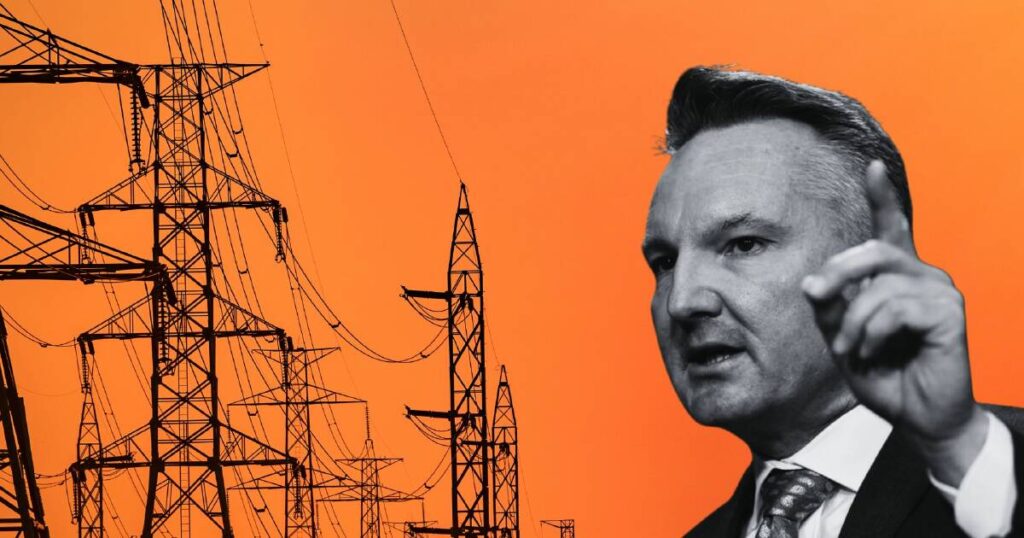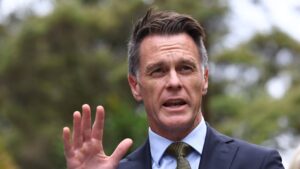
The clean energy transition in Australia faces significant challenges, marked by escalating costs, project cancellations, and community engagement difficulties. So far in 2023, cost overruns on several major projects have exceeded $10 billion, raising concerns that these expenses may ultimately impact consumers through higher energy bills.
One of the most striking examples comes from the Australian Energy Regulator, which recently confirmed that the cost to complete the Central-West Orana Renewable Energy Zone in Central West New South Wales has surged from an estimated $650 million in 2020 to an astonishing $5.5 billion today. This increase reflects not only the expansion of the project but also issues with planning and community consultation.
In addition, the projected costs for the VNI West overhead transmission project have skyrocketed from $3.9 billion to potentially over $11 billion, according to the Australian Energy Market Operator. This project aims to connect renewable energy sources across 475 kilometers of regional Victoria and New South Wales, but it has faced delays due to ongoing community engagement challenges.
The rising financial pressures are not limited to these two projects. The Marinus Link, a vital connection between Tasmania and the mainland, now requires a budget of $5.9 billion, significantly up from previous estimates of $3.86 billion. This increase is anticipated to raise electricity prices by approximately $70 per Tasmanian household and $140 for many small businesses.
As the transition progresses, the financial strain has led Queensland Treasurer David Janetzki to consider courting private investors for the CopperString power grid expansion, which has seen costs balloon from $1.8 billion upon announcement to a staggering $13.9 billion. Such developments highlight the precarious state of renewable projects within the region.
The situation has prompted reactions from various stakeholders. The Crisafulli government in Queensland has scrapped several major renewable initiatives, including the ambitious Pioneer-Burdekin pumped hydro project, which saw its costs rise to $36 billion. Deputy Premier Jarrod Bleijie stated that Queenslanders would face the consequences of these cost overruns through higher energy bills for years to come.
Several factors have contributed to these rising costs, including complex planning requirements, lingering effects of the COVID-19 pandemic, supply chain disruptions, and inflation. The AEMO’s 2025 Electricity Network Options Report indicates that costs for transmission lines have surged by up to 55% and substation costs by 35% compared to earlier estimates. These increases could result in household electricity bill hikes of up to 9% starting in July.
The growing expenses associated with community engagement have also raised concerns, as local opposition to large-scale renewable projects remains a significant hurdle. The Clean Energy Council has acknowledged that winning community support is vital for the success of these initiatives. Spokesman Chris O’Keefe emphasized the need for better engagement strategies to ensure local buy-in.
In light of these challenges, the political landscape is shifting. Several members of the Nationals party are advocating for a reversal of net-zero emissions targets established under former Prime Minister Scott Morrison. Meanwhile, Climate Change and Energy Minister Chris Bowen announced plans to expand taxpayer support for renewable projects, reflecting the government’s commitment to achieving 82% renewable energy in the grid by 2030.
Despite the government’s optimistic stance, many in the industry recognize the persistent hurdles related to social license issues. Recent delays in the VNI West project, postponed until 2030 to address landholder access concerns, exemplify the challenges faced by the sector. The AEIC 2024 annual report noted a year-on-year increase in community issues raised, highlighting the need for improved engagement strategies.
As Australia navigates its path toward a sustainable energy future, the interplay of rising costs, community dynamics, and political pressures will continue to shape the landscape. The need for effective collaboration between the government, industry, and local communities is crucial to ensure the successful implementation of these ambitious decarbonization plans.







